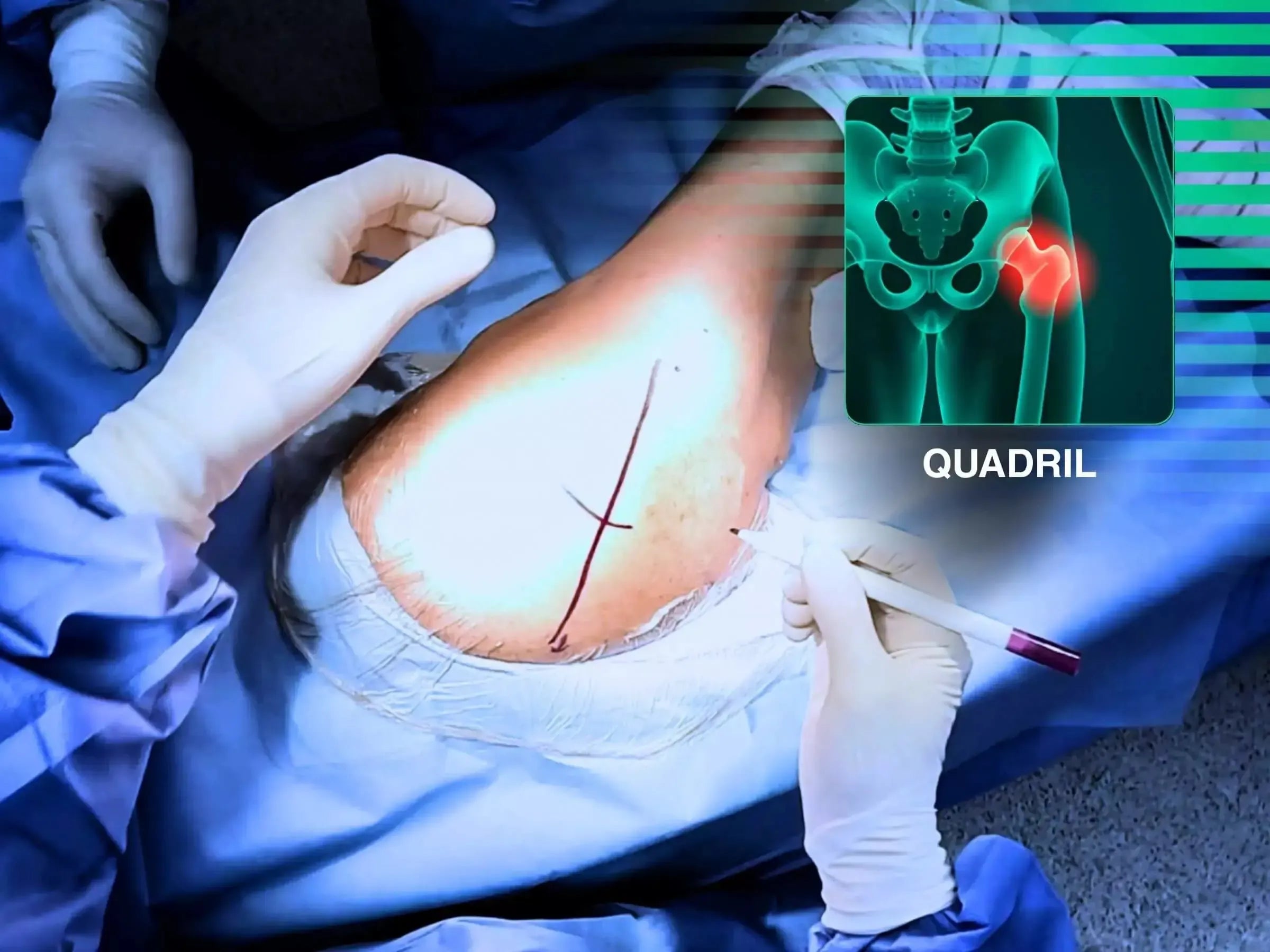
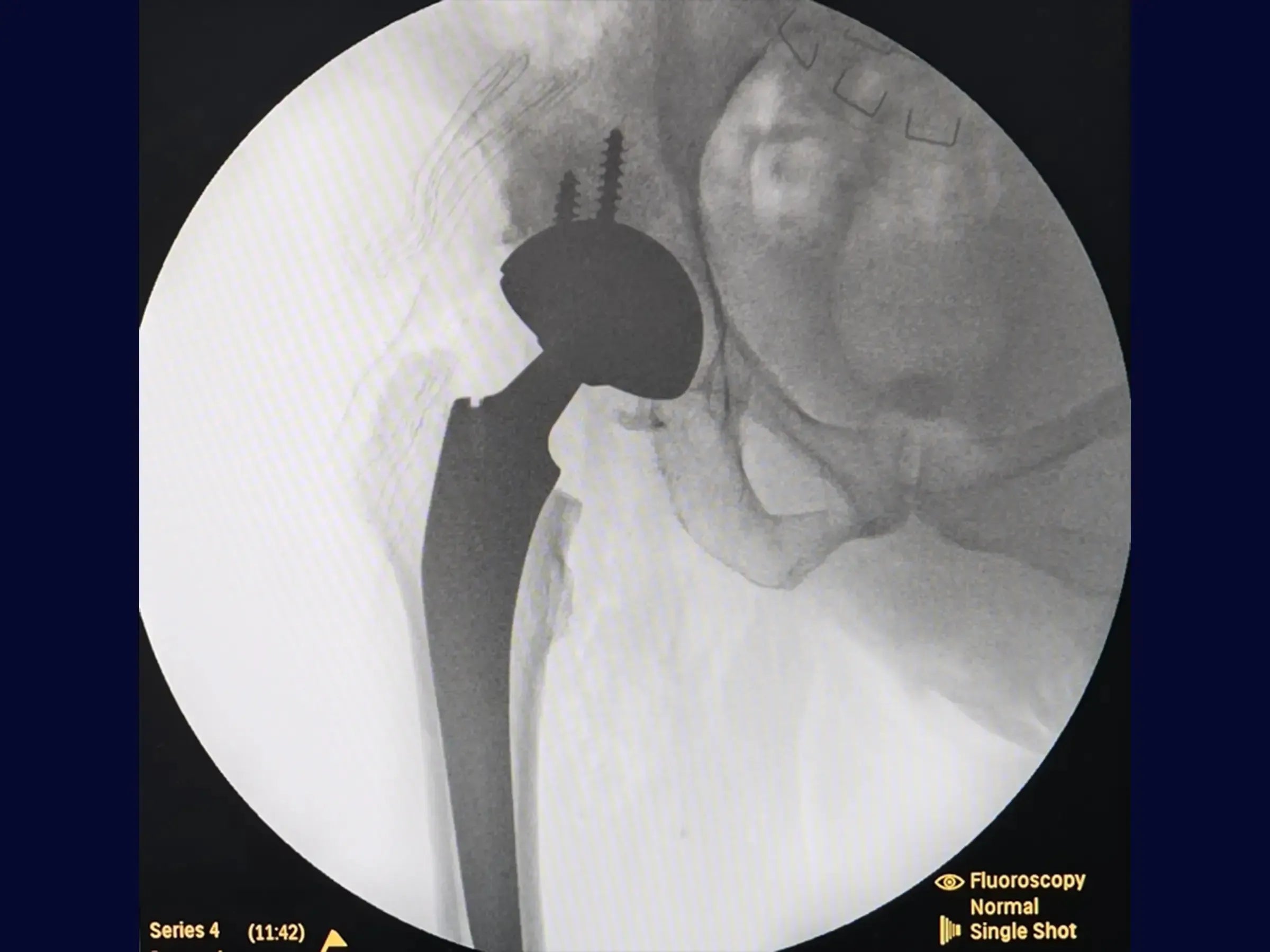
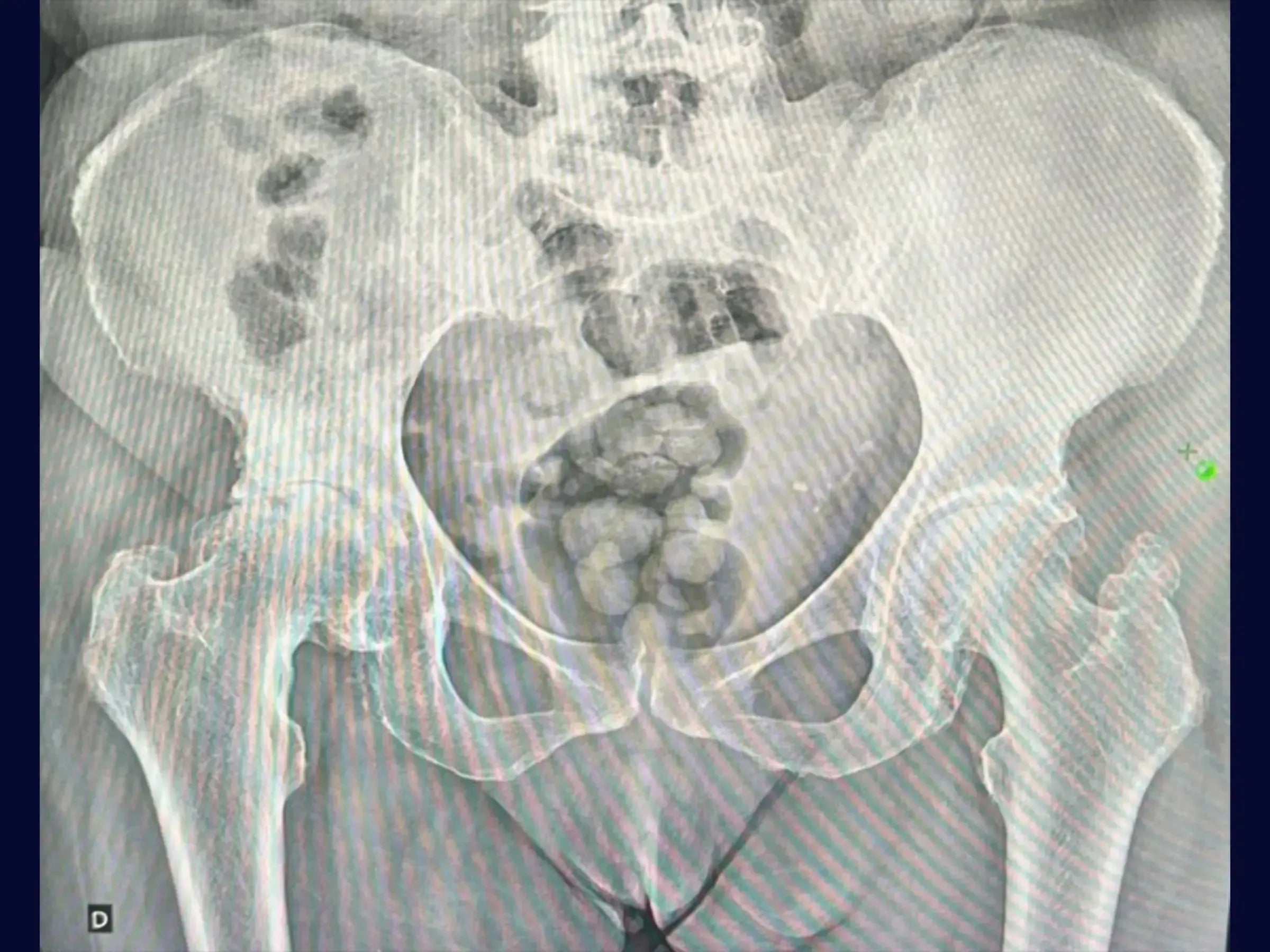
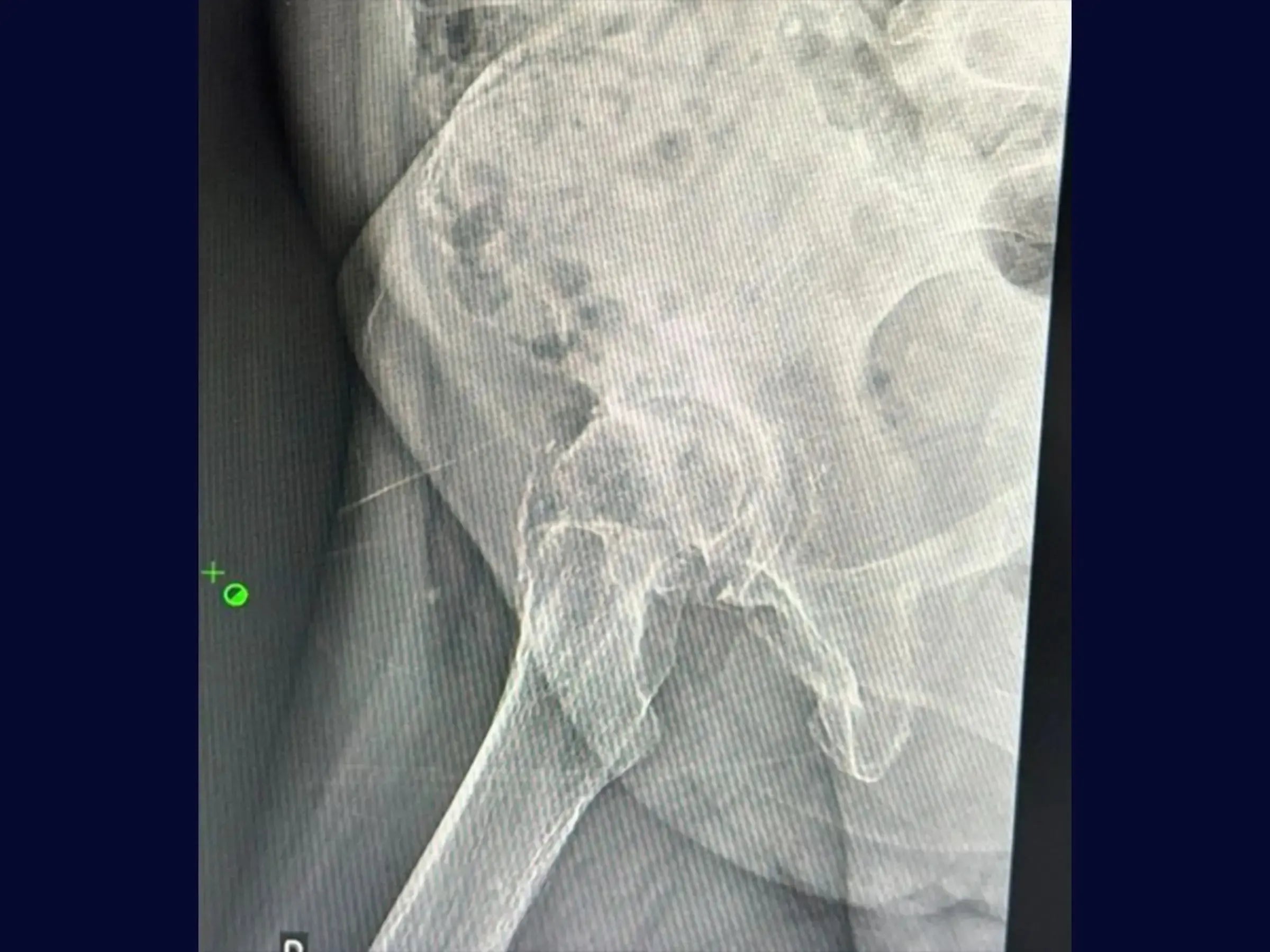
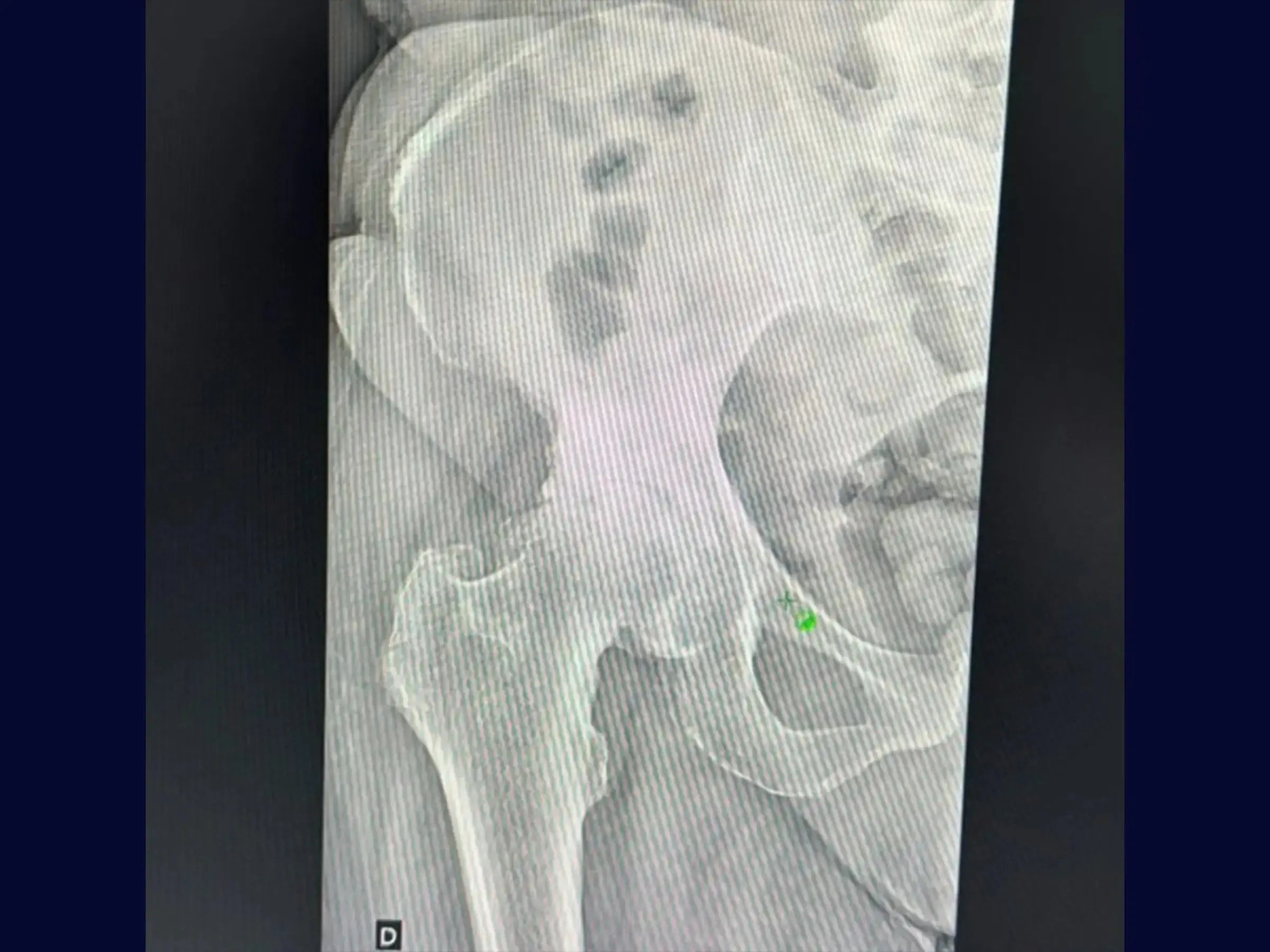
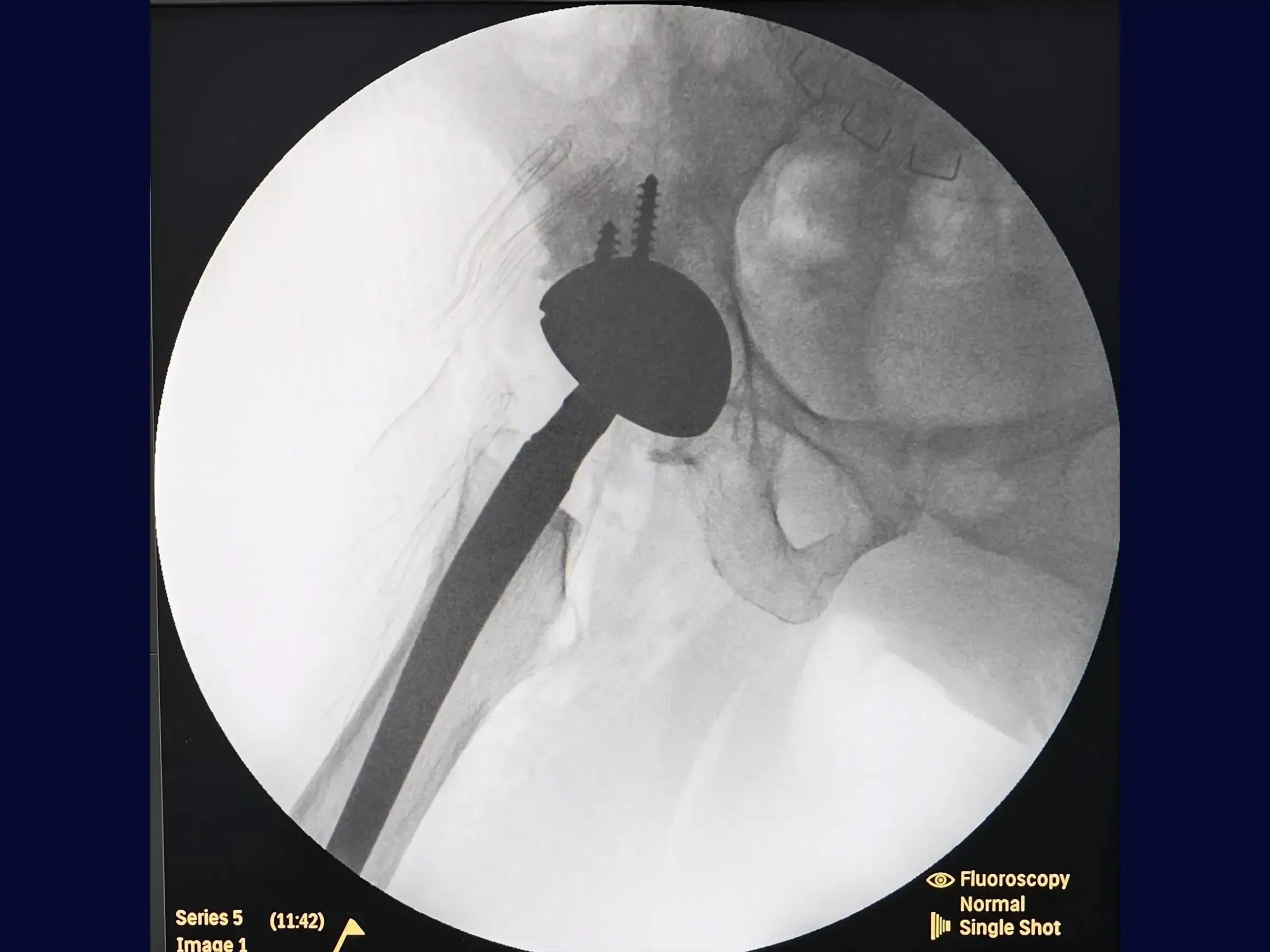
Total Hip Arthroplasty (THA) via Posterior Approach for Coxarthrosis
ATQ Posterior: Deepen your surgical expertise in hip arthroplasty for functional restoration.

Dr. Savio Chami
Médico Ortopedista
Disponível em::





Videos em 4k
Dublagem Profissional
Escolher opções






Total Hip Arthroplasty (THA) via Posterior Approach for Coxarthrosis
Preço promocionalR$ 0,00

Dr. Savio Chami
Médico Ortopedista
Questions & Answers loading...
Descrição
The treatment of coxarthrosis requires surgical precision and technical mastery for the functional restoration of the hip. This training offers an immersion in total hip arthroplasty via posterior access, detailing each step of the procedure, from skin marking to anatomical closure, and providing strategies for optimized results.
Training Focus:
- Total hip arthroplasty via posterior access.
- Techniques for acetabular and femoral preparation.
- Management of soft tissues and external rotators.
Detailed Content:
- Strategic Patient Positioning and Skin Marking: Methodology for positioning in lateral decubitus with hip flexion at 45 degrees and precise identification of anatomical landmarks (posterior superior iliac spine, femoral diaphysis, apex of the greater trochanter) for optimization of the surgical field.
- Controlled Exposure and Anatomical Preservation: Techniques for addressing the external rotators and capsulotomy, including the management of the shortened piriformis in cases of osteoarthritis and the use of the 45-degree Hohmann retractor for lifting the gluteus medius and minimus.
- Safe Dislocation and Precise Osteotomy: A systematic approach for hip dislocation with the retractor positioned at the lesser trochanter and marking of the osteotomy.
- Optimized Acetabular Preparation: Protocols for complete cleaning of the labrum and soft tissues, exposure of the subchondral bone, and a milling technique that starts at the bottom of the acetabulum to avoid "high hip," ensuring the mold for the implant.
- Acetabular Milling with Angle Control: Strategies to establish the correct angle, protection of the ceiling and posterior region, and continuous milling for uniformity and prevention of oval shape.
- Femoral Preparation for Stability: Sequence for initiating femoral rasping from the lateral side to prevent varus, maintaining alignment for control of femoral anteversion.
- Stability Testing and Prosthesis Evaluation: Methodology for stability testing with a test head (start with a zero head) and confirmation of the appropriate size of the components.
- Definitive Insertion and Anatomical Closure: Systematic approach for the insertion of the definitive component, joint reduction with direct visualization, and anatomical closure of the external rotators (including the piriformis).
- Layered Closure for Aesthetics and Functionality: Techniques for complete closure, fascia (iliotibial band), subcutaneous tissue, and skin, following dermographic markings for a favorable aesthetic outcome.
Included Material:
- Detailed PDF: A comprehensive guide covers every step of Total Hip Arthroplasty via posterior access, from the initial positioning of the patient and skin marking, through the techniques of soft tissue and external rotator dissection, to the intricacies of acetabular and femoral preparation, and strategies for anatomical and functional closure. The material includes practical summaries of key steps and insights for optimizing surgical outcomes.
Enhance your skills in hip surgery. Enroll now and master the techniques in total hip arthroplasty via posterior access for osteoarthritis.

